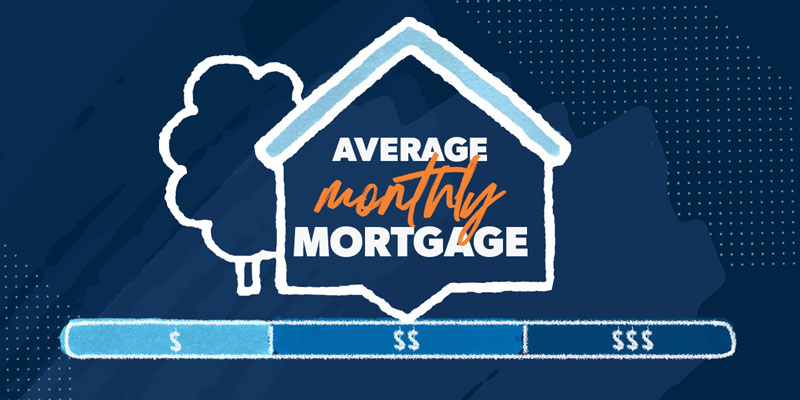Checks are common, and most of us have to send funds and receive funds through them. There are some parts of the check and essential numbers that you must understand while filling or depositing a check. Although all the checks are not the same, they share the same key parts. At the bottom of every check, you see three groups of numbers. The first group of numbers is the routing number, the second one is the account number, and the last third one is your check number. What do the numbers mean? Many people are unfamiliar with these numbers and other parts of a check; if you're one of them, there is no need to worry.
In this article, we have compiled the information on 12 parts of the check. Here, you'll find the information to understand the parts of a check and the numbers that will help you write a check yourself. Let's begin!
Parts of a Check
There are 12 parts of the check which you must know to have clarity in using checks. The parts of the check give information to verify that it is filled out correctly and accomplish financial transactions. Each of the below sections deals with an important aspect of the check. Scroll down to get to know each part's purposes in detail.
1. Personal Information
In the upper left hand of your check, you'll find the contact information section. Here, you've to put account holder information who is the one paying money. You need to write your full name and address.
2. The Recipient's name or Payee Line
On the payee line, you are supposed to write the recipient's name who will receive the money. The recipient's name to whom the money is going will be written on the "pay to the order of" part of the check. Moreover, it can be a person or a company.
3. Dollar box
The dollar box is found in the middle right side of the check, where the check amount is written in numbers, not as words. It's the easiest way to see the value of a check at a glance.
4. The Payment Amount of the check
In this section of the check, the amount is written in words instead of digits. This is the same amount that is written in the dollar box. In addition, this section is necessary to write so no one can alter the amount written. That way, there is no mistake, and you'll be clear about the check amount.
5. Memo line
The memo line is a space to add any notes about the purpose of the check. It'll be helpful for yourself and the person who is receiving a check. You'll tell why you wrote the check on the memo line, and it must be brief. Also, this section is optional, so you can leave it blank if you want.
6. Dateline
It is imperative to know the date when a check is written for tracking records. Dates play a crucial role in finding the validity of the check. Therefore, write the correct date, including month, day, and year.
7. Signature line
In this section, the person issuing a check will sign his name. Signatures are essential because it verifies the account holder has approved the payment. It is impossible to cash a check without a signature.
8. Bank information
Mostly, it is printed on the check, including the bank's name, logo, or address. It clearly shows where the check came from.
9. Bank's ABA Routing number
Here comes the vital number found at the left bottom of your check. This 9-digit number is already included in the check. It is the identity of your bank, and it tells the bank where to find the financial information of your account.
10. Account number
The account to whom your check is attached has a number that is listed after the routing number on the bottom of the check. However, it is assigned by your bank, and it lets the receiver know about the account from which the funds will be withdrawn.
11. Check number
This is a small 4-digit number that appears in two places. This number is a security measure to track each payment and prevent fraud. Furthermore, you'll find this at the bottom after the account number and in the upper right corner of the check.
12. Bank's Fractional ABA number
This number is present in the right corner of the check below the check number. Its purpose is to determine the bank's location. Moreover, this number is similar to the ABA Routing number, but here it is present in a different format.
There you have it- 12 essential components of the check. By knowing these parts and important numbers, you'll be able to receive, deposit, and complete the check confidently. If you find any trouble writing the check, feel free to ask in the comment section below. We'd love to help you.



